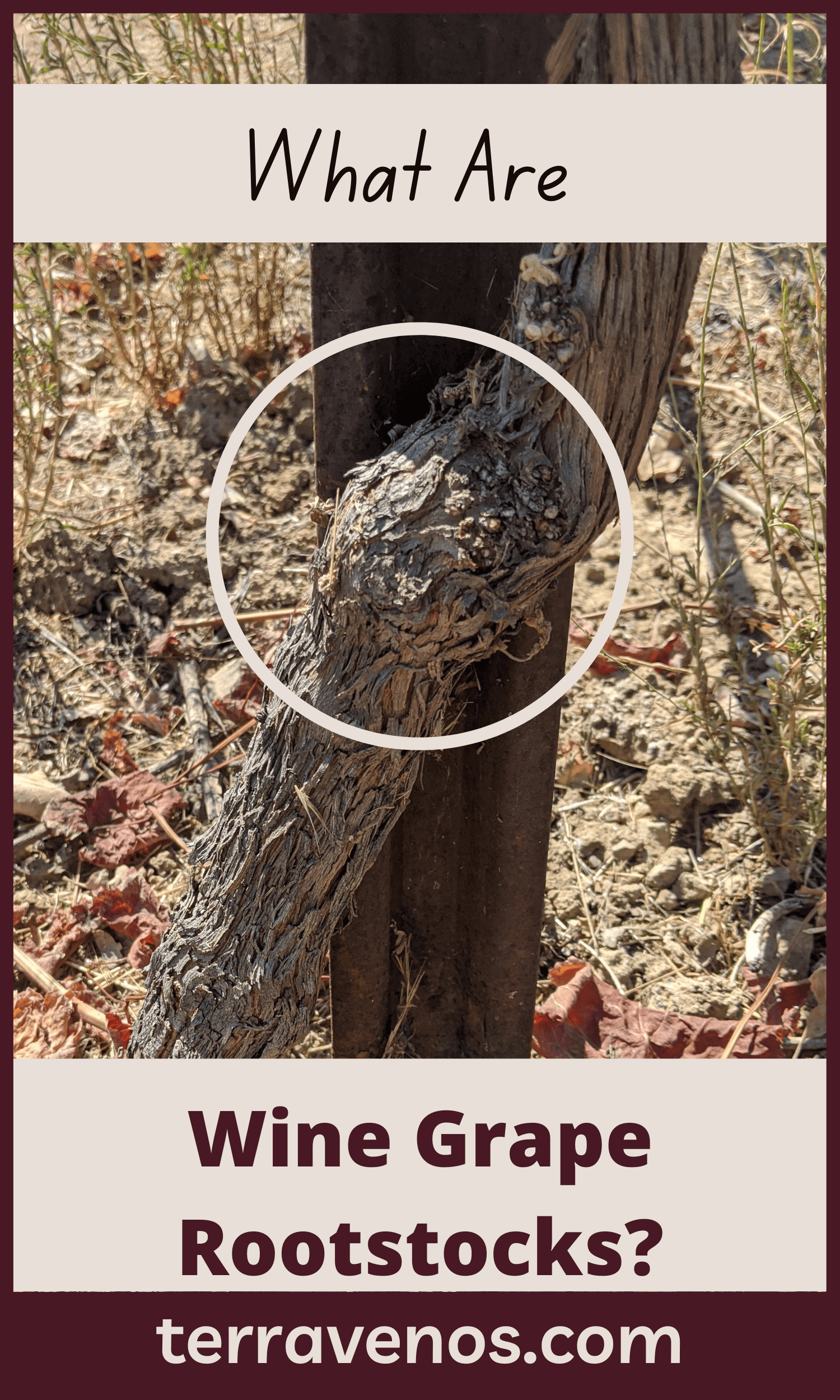
Many plants use rootstocks, a horticultural technique that grafts one species onto another.
Grapevine rootstocks come from a different vine species (or a cross of several different species) selected to help the wine grapes thrive in difficult growing conditions. Growers select grapevine rootstocks based on drought resistance, pest resistance, or even tolerance for certain soil conditions, like high pH. Vineyard managers choose specific rootstocks to meet their unique growing challenges.
Almost all wine grapes come from the European Vitis vinifera species. Merlot, Cabernet Sauvignon, Pinot Noir – all lovely examples of V. vinifera that craft quaffable wines. But these wines are actually the combination of two plant species thanks to grapevine rootstocks.
Here’s what you need to know.
What Is Rootstock in a Vineyard?
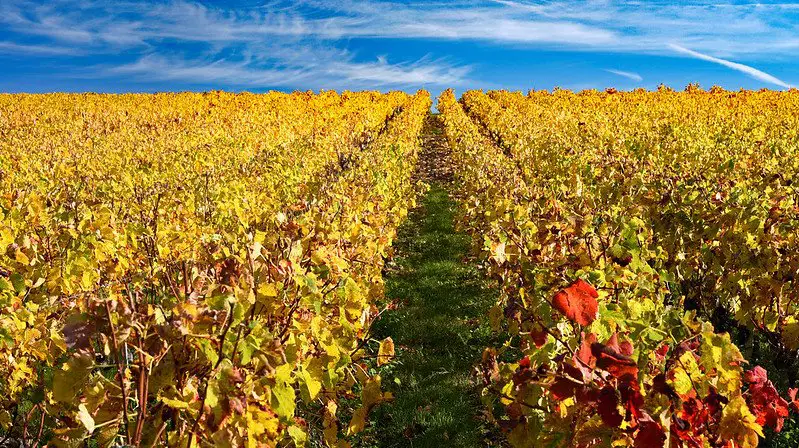
Up until the late 19th century, grapevines were propagated by cuttings. The winegrower would take a cane (branch) off of the vine and stick it in the ground. The cane took root and – voilà – a new vine grew producing fruit identical to the parent vine.
Phylloxera, a root-eating louse native to North American vines, put an end to this practice. The V. vinifera species had no natural protection from the little louse and viticulturalists had to adopt the horticultural practice of grafting.
Helpful Tip: Check out this more in-depth post on phylloxera and how it changed the global wine world. (along with a recommendation for one of my most favorite wine books ever written).
Grafting combines the tissues from two separate plants so that they grow together into one.
Grafting ensures that every plant produces the same fruit for a consistent crop.
Many crops are propagated through grafting, including:
- citrus
- apples
- pears
- almonds
- wine grapes (of course)
For grapes, grafting married the V. vinifera vine to a native North American vine species with natural immunity to phylloxera, thus preventing pest damage that would otherwise kill the vine.
Are All Grapes Grafted?

Today, the majority of new vineyards planted around the world are grafted onto grapevine rootstocks. Some vineyards are own-rooted (not grafted) in regions with very sandy soils, which phylloxera doesn’t do well in.
There are a few pockets around the world where phylloxera hasn’t arrived, including parts of Australia and Chile.
Even in these cases, growers may choose to graft knowing that phylloxera will likely arrive at some point, or choose to graft for an entirely different reason, for example, to improve the vineyard’s drought resistance.
Do Grapevines Need Rootstocks?
Yes, grapevines need rootstocks. Rootstocks offer vines natural resistance to pests, like nematodes and lice (like phylloxera), that will otherwise kill the vine.
Rootstocks can also allow growers to plant grapes in soils that would otherwise be unsuitable for the grapevine, like heavy lime, or drought-prone vineyard sites.
Winegrowers choose rootstocks carefully to ensure healthy crops.
What Rootstocks Are Used for Grape Production?
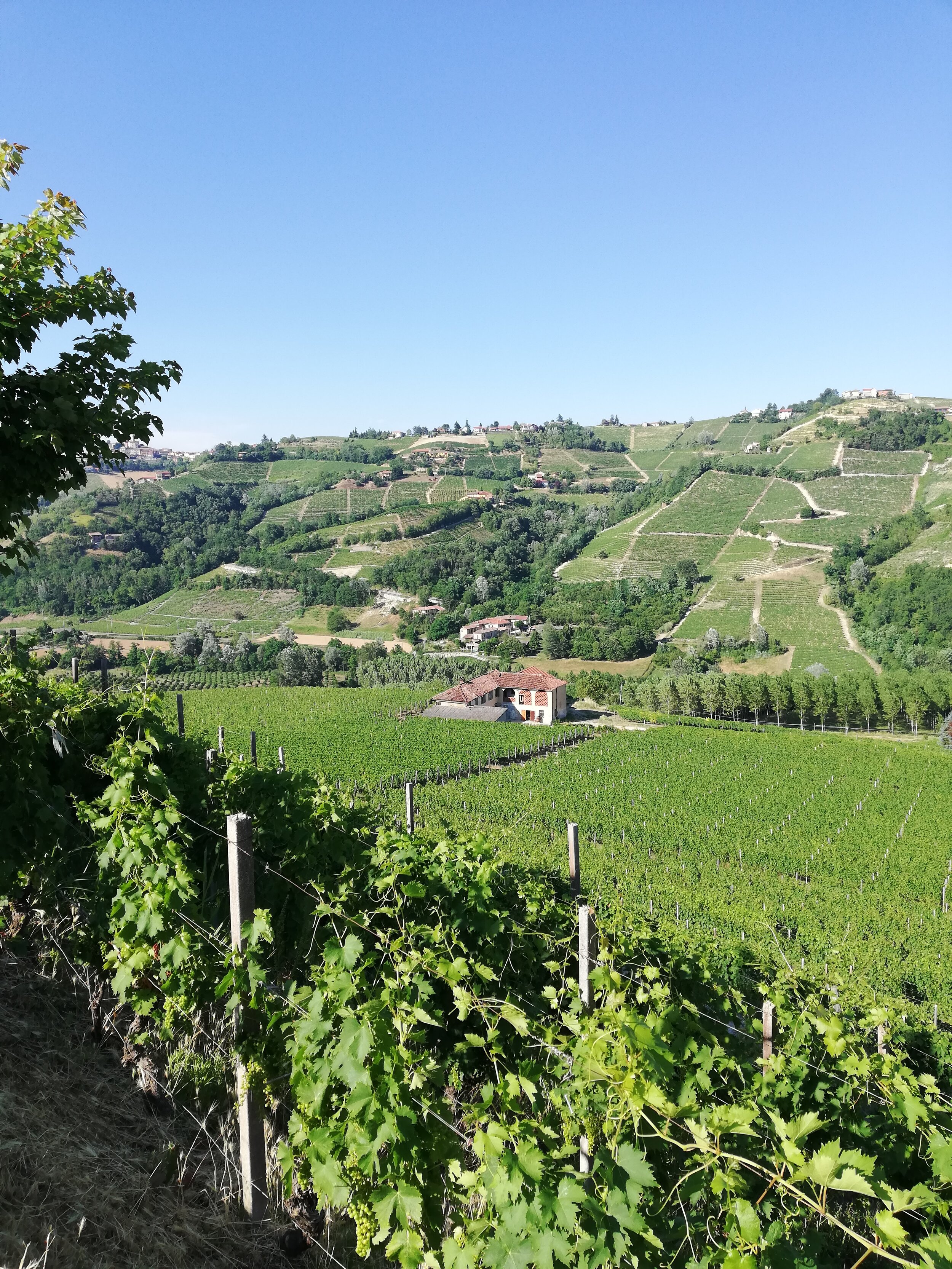
Other than those handful of exceptions, American rootstocks literally ground the viticulture industry with significant research and science behind rootstock development focused on three key species: Vitis berlandieri, Vitis rupestris, and Vitis riparia.
- Vitis berlandieri is the most drought tolerant of the three. The rootstock can go for extended periods of time with water.
- Vitis rupestris is naturally found in rocky soils near stream beds. This species is adapted to periods of time when water is available near the soil surface and other times when the water is available deeper down the soil horizon.
- Vitis riparia has a shallow root system and is poorly suited to drought conditions.
Horticulturalists cross these three species, and a few others, to develop rootstocks suitable for a range of growing conditions.
Chart of Common Grapevine Rootstocks Used Today
Grapevine Rootstocks and Key Attributes
| Rootstock | Key Attributes |
|---|---|
| 3309 Couderc |
|
| 101-14 Millardet |
|
| SO4 |
|
| 5C (Teleki 5C) |
|
| Schwarzmann |
|
How Do They Decide What Rootstocks to Use?
Vineyard owners spend lots of time and money sending soil samples in for analysis.
Labs analyze their sites, soils, nutrients, and water availability to select rootstocks that can optimize a plant’s potential vigor to balance quality and yield.
- Example A: A grape grower interested in selling bulk grapes for inexpensive mass-market wine will want to maximize crop yield and may select a rootstock that promotes water and nutrient uptake. Such a grapevine rootstock will provide ample resources to the vine, encouraging vigorous growth. Maximizing yield is just one approach.
- Example B: Another producer targeting premium wines may wish to limit yields, concentrating flavors and aromas.
Think about rootstocks for a moment and just how important they are when designing your vineyard.
Rootstock selection is a critical decision early on in the vineyard planning process that will impact fruit quality for 50+ years.
Why Do Wine Growers Use Different Rootstocks?
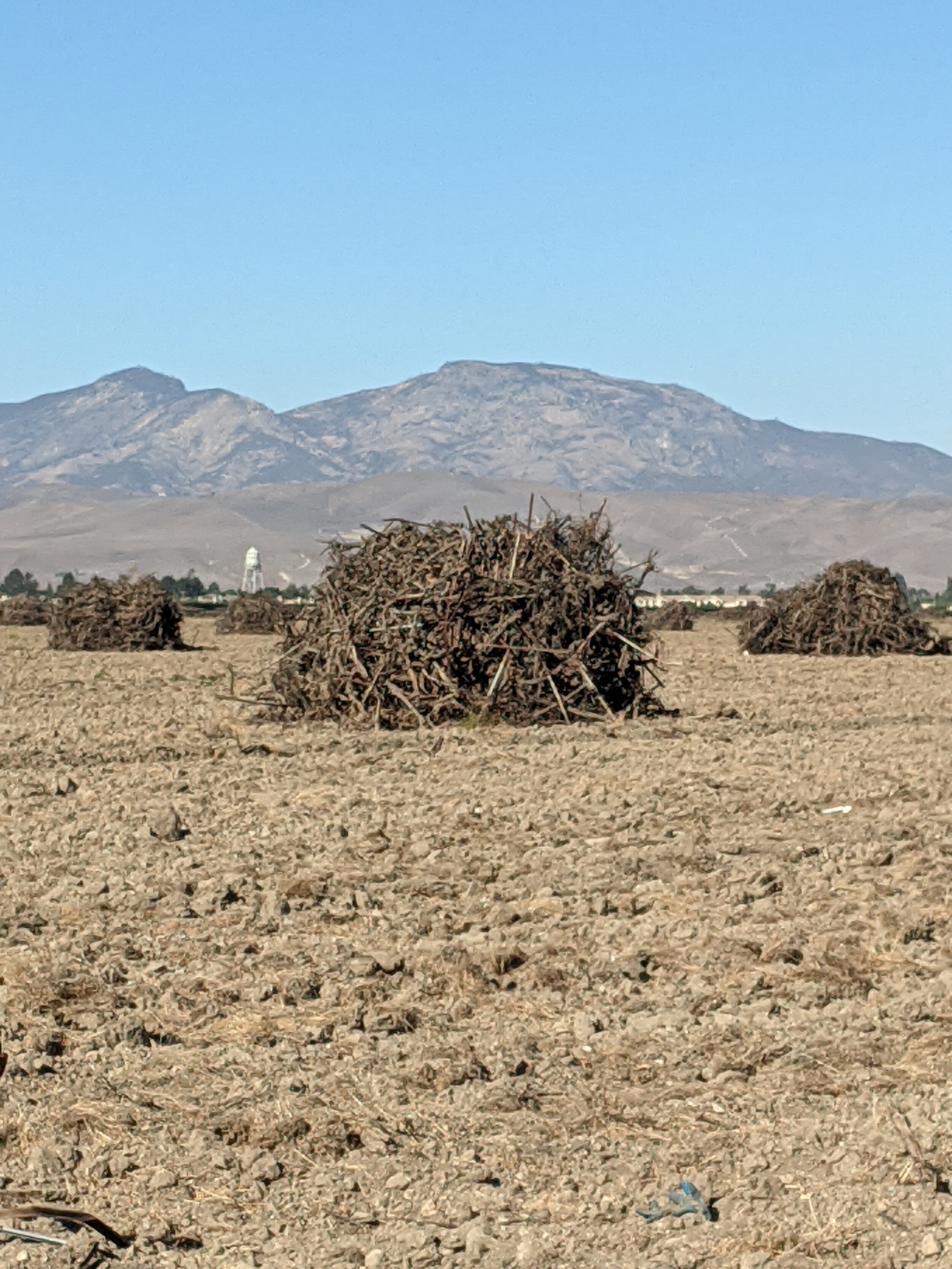
Grape growers have to balance what’s naturally in the soil with the local climate, the grapes they want to grow, and the wine quality the winemaker wants to make.
The rootstock’s the key link between what’s in the earth and the fruit the vine will produce.
Growers select rootstock while taking the following into consideration:
- Resistance to current and future soil pests
- Suitability for the soil’s composition, including texture, depth, and fertility
- Suitability with soil chemistry
- Suitability for water availability and drainage
- Matches the grape variety’s growing and fruiting characteristics
- Rootstock availability
How Do Wine Growers Choose Rootstocks?
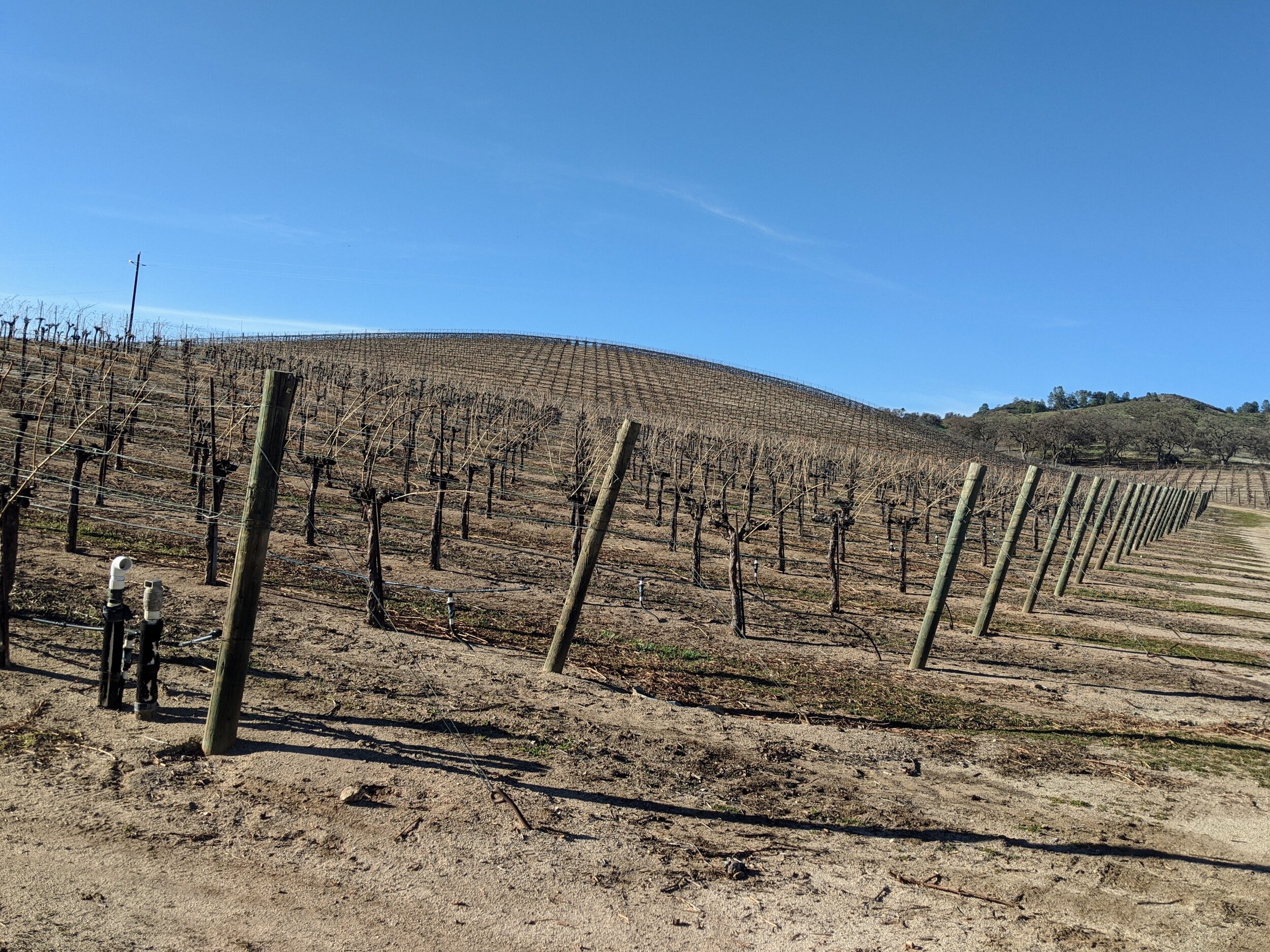
So what actually happens when a new grape grower wants to plant a new vineyard?
In the end, there is probably no one best rootstock selection for a new vineyard site.
Vineyard managers depend on local knowledge and weigh the different factors to make a selection.
Another complication?
A winegrower may want a particular rootstock for a new vineyard site, but local nurseries may not be able to grow that rootstock or be unwilling to grow the plant material if it’s for a small order.
The ultimate test is planting the grapevines under a particular growing regimen.
For this reason, vineyard managers may choose a few different rootstocks to test their vineyard sites.
Over time, they learn what rootstocks perform the best and change out vines when they need replanting.
Thirsty for More?
If you made it alllll the way to the end of this post, you’re my kind of wine lover! Here’s another nerdy post that goes into how vineyard soil works that you’ll probably dig (get it? dig – as in soil!).
Now that you know the basics of how rootstocks work, how do they decide what grapes to plant? Check out this post that covers the choices that winegrowers have to make when deciding to plant grapes.




